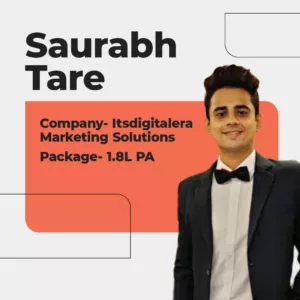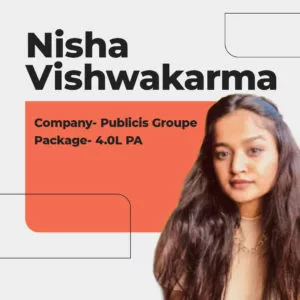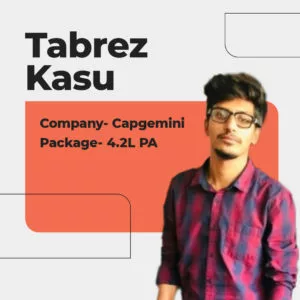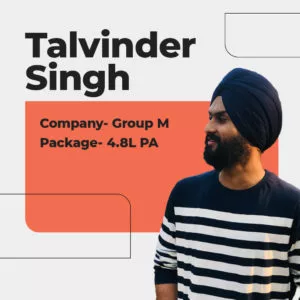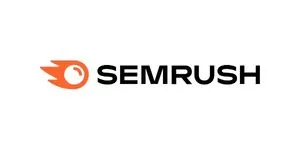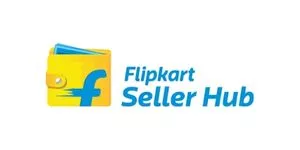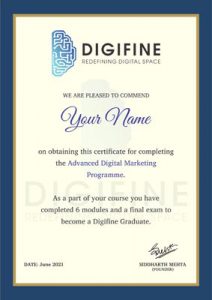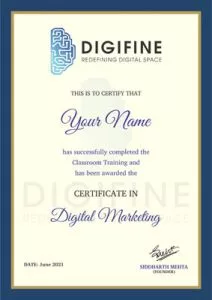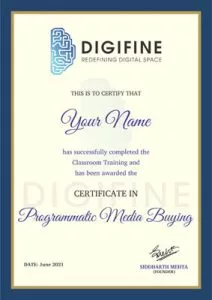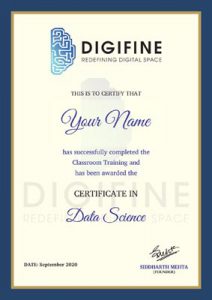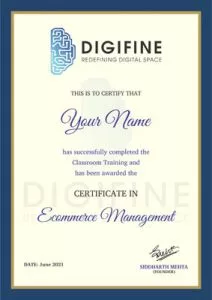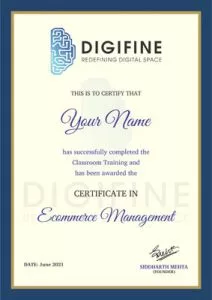DIGITAL MARKETING GRADUATE COURSE IN PUNE
PG IN DIGITAL MARKETING WITH 100% GUARANTEED PLACEMENT IN PUNE
INTERGRATED WITH MARKETING ANALYTICS
- Internationally Recognized
- 80% Practical and 20% Theoretical Training
- Comprehensive Modules
- Highly Experienced Faculty
- Thorough Industry Exposure

1.
Enroll in the Digifine Post Graduate in Digital Marketing Program
2.
and qualified
faculties.
3.
Complete Placement
preparation
With 100% Guaranteed Placement
4.
start your career
in digital
marketing!
Training
- In-house Trainers
- Certified Industry Experts
- Outstanding Student Support
- Expert Visiting Faculties
Faculties
- Industry-Leading Softwares
- Supportive Learning
- Environment
- Limited Batch Sizes
- Flexible Timings
Exposure
- Work With Creative Minds
- Premium Institute
- Get Industry Exposure
- Learn from Industry Perspective
- Portfolio Building
Career
Resume Building
- Portfolio Building
- Career Guidance & Mentoring
- Mock Interviews
- 100% Guaranteed Placement
Digifine’s Digital Marketing Graduate Course in Pune, India is an absolute game-changer with respect to providing top-notch training. It offers a one-of-its kind digital marketing course with placement consisting of unique and comprehensive modules supplemented with a 20% theoretical and 80% practical approach. You will learn to use all the essential industry-relevant tools, techniques and technologies by applying your knowledge on live projects to gain immense global exposure.
- 100% Guaranteed Placement
- International Certification
- Unique Modules
- Expert Faculty
Following are some of the assessment stages for a candidate’s admission into the course –
- Enquiry
- Documentation verification
- Enrollment
There are stages in which the candidate will be assessed and upon clearing all the assessments, he/she will be eligible to enrol for the program.
- Enquiry
- Documentation Verification
- Enrollment
- Resume Building
- Masterclass for Interview Etiquette & Negotiation
- Mock Interviews
- Interview Scheduling
Digifine Digital Marketing
Post Graduate Course in Pune Modules
- Introduction
- Understanding digital marketing platforms
- Why digital marketing?
- Difference between digital marketing & traditional marketing
- Concepts and theories of digital marketing
Learning Keyword Research and Media Planning, creating Display Ads, Remarketing campaigns, and understanding Shopping Network.
- Search Network
- Display Network
- Video Network
- App Network Ads
- Shopping Ads
- Remarketing/Conversion
Understanding major Social Media channels, Social Media best practices and techniques for optimizing Social Media handles.
- Facebook Marketing
- Instagram Marketing
- LinkedIn Marketing
- Twitter Marketing
- Snapchat Marketing
- Social Media Optimization
Understanding usage of Email as a promotional tool for a business, learning to set up and use best industry tools and creating professional campaigns.
- Setting up Mailchimp account
- Generating an audience
- Creating mail campaigns
- Testing and designing
- Reporting
Learning influence of a positive reputation on a business, how to manage a business’s reputation online and best practices for maximum consumer engagement
- Overview of Online Reputation Management
- Platforms to manage ORM
- Case studies
- Tools used
- Assignments
Learning SEO best practices based on latest industry and technological requirements, understanding organic search and significance of search engine page rankings.
- How search engines work
- Keyword Research
- Search console/Webmasters
- On-Page SEO
- Off-Page SEO
Measuring and tracking advertising campaigns across Google Inventory and implementing best practices with the help of insights gained.
- Google Analytics Setup
- Google Analytics Interface
- Measuring campaigns
- Tracking campaigns
- Reporting
Learning the importance of content marketing as an advertising strategy , types of content a business can create, understanding and implementing content psychology optimum practices.
- Understanding difference between content marketing and Ad scripting
- Writing psychology
- Layout psychology
- Layout writing
- Storytelling technique
Using WhatsApp as a tool for marketing, best WhatsApp Marketing strategies, techniques for WhatsApp Marketing
- Importance of WhatsApp Marketing
- Tools required for WhatsApp Marketing
- Sending WhatsApp messages in bulk
- WhatsApp Marketing Reporting System
Understanding significance of Landing Pages, Landing Page creation and management, Landing Pages best practices for capturing leads.
- Introduction to Landing Page
- Do’s and Don’ts of Landing Page Creation
- Building a Landing Page which converts
- Landing Page Funnel
Influencer Marketing overview and best strategies to improve engagement on social media platforms and boost conversions through Influencer partnerships.
- How to map right influencer
- How to connect with influencers
- Brand collaboration briefing
- Influencer marketing campaign
- Influencer marketing reporting
Understanding significance of Mobile Marketing, creating effective campaigns, best practices to capture maximum consumers through Mobile Ads, tracking and analyzing campaigns.
- Mobile Marketing ads on social media and Google Ads
- Tracking mobile marketing performance
- Mobile marketing campaign activation
- Mobile marketing reporting
Learning to create structured and professional websites using the most used industry software, setting up and customizing websites, using plugins and effective techniques to engage and capture consumers.
- Understanding Domain Name and Domain Hosting
- WordPress Setup
- Theme customization
- Plugins
- WooCommerce Setup
- Creating Landing Pages
- Order Management System
Learning HTML codes for creating and structuring websites, learning CSS, best HTML practices for Search Engine Optimization.
- Getting started with Visual Studio
- HTML Format
- HTML Tags
- CSS
- Linking HTML with CSS
- Creating a HTML website
- Hosting the website
Understanding the use of automation to buy advertising space on the internet, how to use Real Time Bidding, Media Planning and Pixel Setup best practices, learning to create Youtube Ads.
- Introduction to Programmatic Media Buying
- Understanding Real Time Bidding
- DV360 platform and UI walkthrough
- Programmatic Media Planning
- Pixel Setup
- Creating Youtube Ads and Live Items
Understanding decision making and goal planning in top management of major companies, learning the significance of strategic management in marketing, and formulating and implementing best advertising strategies.
- PEST Analysis
- SWOT Analysis
- 7S model
- Porter’s Five Forces
- Blue Ocean Strategy
- Total Quality Management
Understanding how to conduct market research and how it helps in formulating optimum marketing strategies, learning data analysis and programming languages and implementing the insights derived into advertising.
- Understanding Marketing Analysis
- Introduction to Basic Statistics using Python and Jupyter
- Overview of Basta Statistics and understanding R Programming
- Hypothesis Training
- Linear Regression
- Logistic Regression
- Deployment using R
- Deployment using Python
Understanding how to create brand awareness and maintain positive reputation, reflecting core value of the brand through product/service offered to the target audience, learning about best techniques used.
- Brand exercise
- Evaluation of Brand Attribution
- Return on Brand Investment
- Setting up Brand Mission and Vision
Learning how E-Commerce helps a business grow, how to create a structured E-Commerce website to sell products/services, and the best advertising strategies for E-Commerce management.
- Introduction to E-Commerce Management
- Setting up Seller Account
- Product Listing
- E-Commerce Advertising
- Reporting
Our Placement Partners
At Digifine, we place our students in a wide range of companies and organizations offering incredible industry exposure and experience. Being in this industry for a long time, we have established solid and valuable connections with companies and organizations in digital marketing and related sectors. This gives us and our students an upper hand over everyone else for internships and placements.
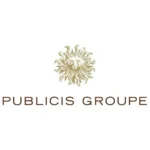




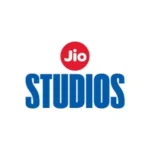


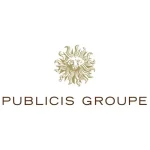

Why choose Digifine for a Digital Marketing Graduate Course in Pune?
At Digifine, you can learn digital marketing through unique and comprehensive course modules that are taught by a highly experienced faculty from a practical approach. You receive professional and international certifications along with brilliant industry exposure. Digifine’s digital marketing course with placement in Pune has a friendly and supportive environment where.in you can learn through live, collaborative projects and stay motivated. The best aspect about this digital marketing graduate course is that you also get a 100% placement guarantee as well as post-course support.
get jobs at the top digital marketing agencies in Pune
from IBMI Institute in Berlin, Germany for the Strategic Management Module
with unique modules like OTT Advertising, Programmatic Media Buying, Data Science (Marketing Analytics) & Strategic Management
including portfolio-building, resume-building & mock interviews
industry-recognized courses designed by international standards
learn through live projects and a hands-on approach to gain industry exposure.
industry experts with years of expertise in the digital marketing field
Digifine is here to help you even after you have graduated from the institute. Get the best guidance without hesitation from friendly and encouraging trainers at any time.
Our In house Trainers

Siddharth
Mehta
Founder of Digifine & Adbizit
12+ years of digital marketing expertise
Worked with brands like TATAcliq.com, Audi, Hyundai, MG Motors, Mahindra, Nykaa, Lodha, Kalpatru & more.

Sumeet
Mirchandani
6+ years of experience in digital marketing
Worked with Audi, MG Motors, Dream Realtors, AT Academy, Eume, etc.
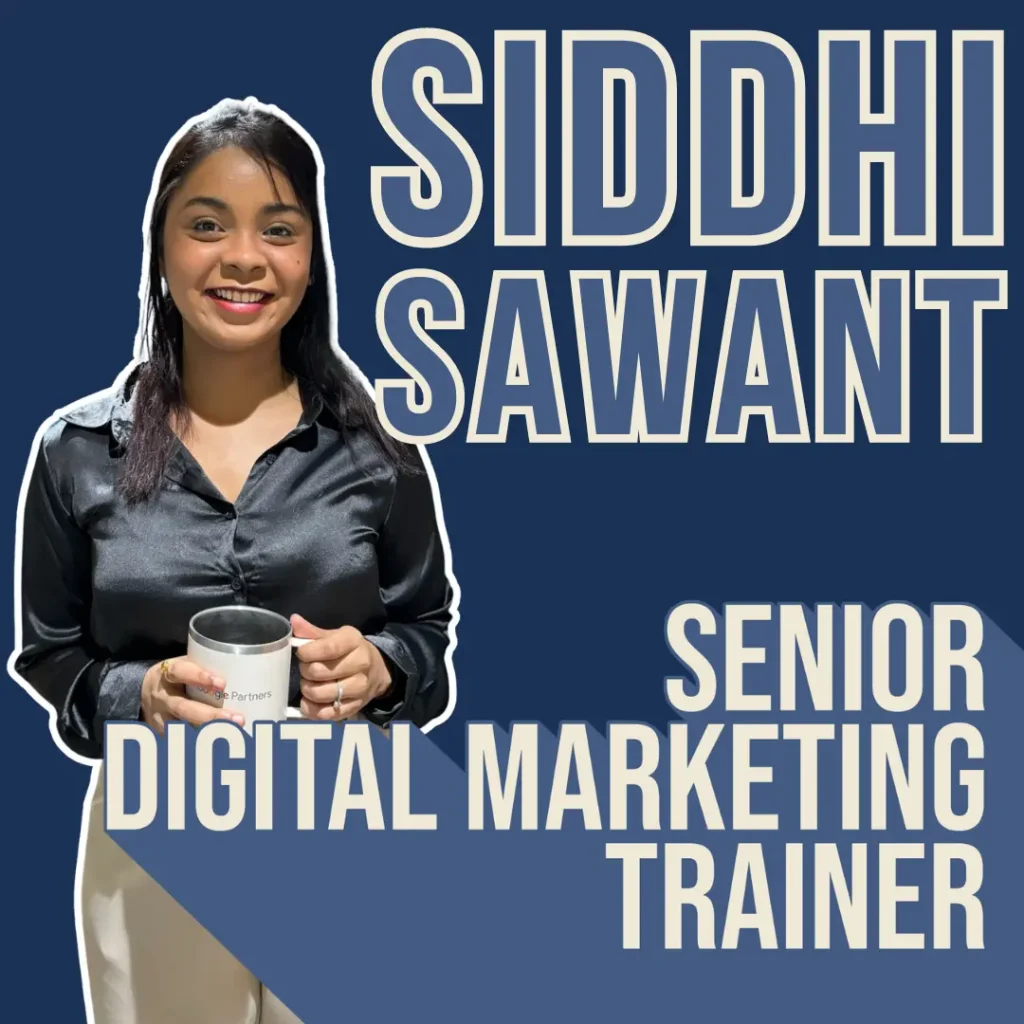
Siddhi
Sawant
2+ years of digital marketing experience
Worked at Disney+ Hotstar, Omnicom & Adbizit on digital marketing strategy for brands like Mercedes, Sony, TransUnion Cibil, & more.
Digifine Graduate Digital Marketing Course Student Reviews
Shreya Soni
Digital Marketing Manager, Adbizit
Talvinder Singh
Digital Marketing Associate, Group M
Darshil Doshi
Paid Media Specialist, Group M
Kashish Raghani
Creative Head, Adbizit
Pooja Shrimal
Sr. Media Planner, Tonic Worldwide
Nisha Vishwakarma
Programmatic Analytics, Publicis Groupe, Andheri
Who can enroll for the Digifine Digital Marketing Graduate Program?
Digifine Digital Marketing Graduate Course in Pune is open to everyone, regardless of their background or experience. It is designed by industry standards in a way that is suited to each individual’s needs, whether you are a school or college student, working professional, entrepreneur or are simply interested in learning digital marketing. All of Digifine’s digital marketing courses with 100% guaranteed placement assistance start from scratch and the trainers patiently guide you through the basics as well as advanced concepts. Learn digital marketing in a positive and supportive environment and give a boost to your professional career!
Digifine Post Graduate Digital Marketing Course Certificates
Earn several professional and international certifications on the completion of your digital marketing graduate course in Pune at Digifine.
FAQs
If you wish to learn digital marketing at an advanced and professional level, then Digifine’s digital marketing course in Pune with placement for the duration of 9-10 months is the perfect fit for you.
After the completion of your digital marketing graduate program, you will receive a 100% placement guarantee from Digifine. If you are a complete fresher, you can expect a package of around 2.5 – 5.5 LPA, which can vary or go higher depending on your work experience and interview performance.
Digifine Academy’s digital marketing course in Pune with placement includes a range of comprehensive and unique topics like – Search Engine Optimization, Paid Marketing, Website Development, Social Media Marketing, Google Ads, Email Marketing, Google Analytics, Programmatic Media Buying, Data Analytics, etc.
Digital marketing is not a degree but rather a certification course that is globally recognized and given by one of the best digital marketing institutes in Pune, India.
A good digital marketing course in Pune with placement can help you learn the basics and advanced concepts of digital marketing while mastering the industry-relevant tools and honing your skills. Digifine’s digital marketing courses in Pune offline can provide you with certifications and 100% placement guarantee, thus helping you build your career in digital marketing.
All you have to do in order to join the digital marketing course in Pune with placement offered by Digifine is: give us a call or visit the institute for your enquiry, enroll for the course, submit a few documents and learn from the best digital marketing graduate program!
Anyone can enroll for the digital marketing course in Pune with placement by Digifine Academy. There is no such eligibility criteria and all you need is the eagerness to learn and basic computer knowledge for this digital marketing graduate program!
Absolutely! Digifine Academy offers a digital marketing course in Pune with guaranteed placement that 100% provides you with a job role in a good digital marketing agency. Along with this, Digifine also gives placement assistance in its digital marketing courses in Pune offline through mock interviews, portfolio and resume building, etc.
After completing your digital marketing course in Pune with placement at Digifine Academy, you can expect to be placed for any of the following job roles: Digital marketing executive, Media planner, Social media marketing executive, SEO expert, Google Ads Expert, Programmatic Media buying executive, etc.
To choose the best digital marketing courses in Pune offline, you should consider the course curriculum, trainers’ expertise, certifications provided, job opportunities given, duration and digital marketing course in Pune fees. Digifine Academy’s digital marketing course in Pune with placement is globally recognized and taught by industry experts. You also get international certifications and 100% placement guarantee by the end of their digital marketing graduate program.
Here are some of the advantages of choosing a digital marketing course in Pune with placement offered by Digifine Academy: learning from highly experienced faculty, affordable digital marketing course in Pune fees, 100% guaranteed placement assistance, international certification, practical training, comprehensive and unique syllabus, and many more!
Salient Features of Digifine Digital Marketing Graduate Program
Digifine Digital Marketing Graduate Program is the best digital marketing course in Pune which offers practical training by industry experts. It is the only digital marketing course in Pune with placement which teaches Strategic Management and Data Analysis. For digital marketers of today, understanding decision-making in top management of a company and how to analyze data and use the insights to formulate excellent strategies is very important. If you’re looking to master digital marketing then you should definitely do this digital marketing certification from the best digital marketing institute in Pune.
Course Syllabus
The course syllabus of Digifine Academy’s PG in digital marketing program consists of in-depth digital marketing knowledge combined with practical industry experience. Along with digital marketing, our students get training in strategic management and data analysis.



